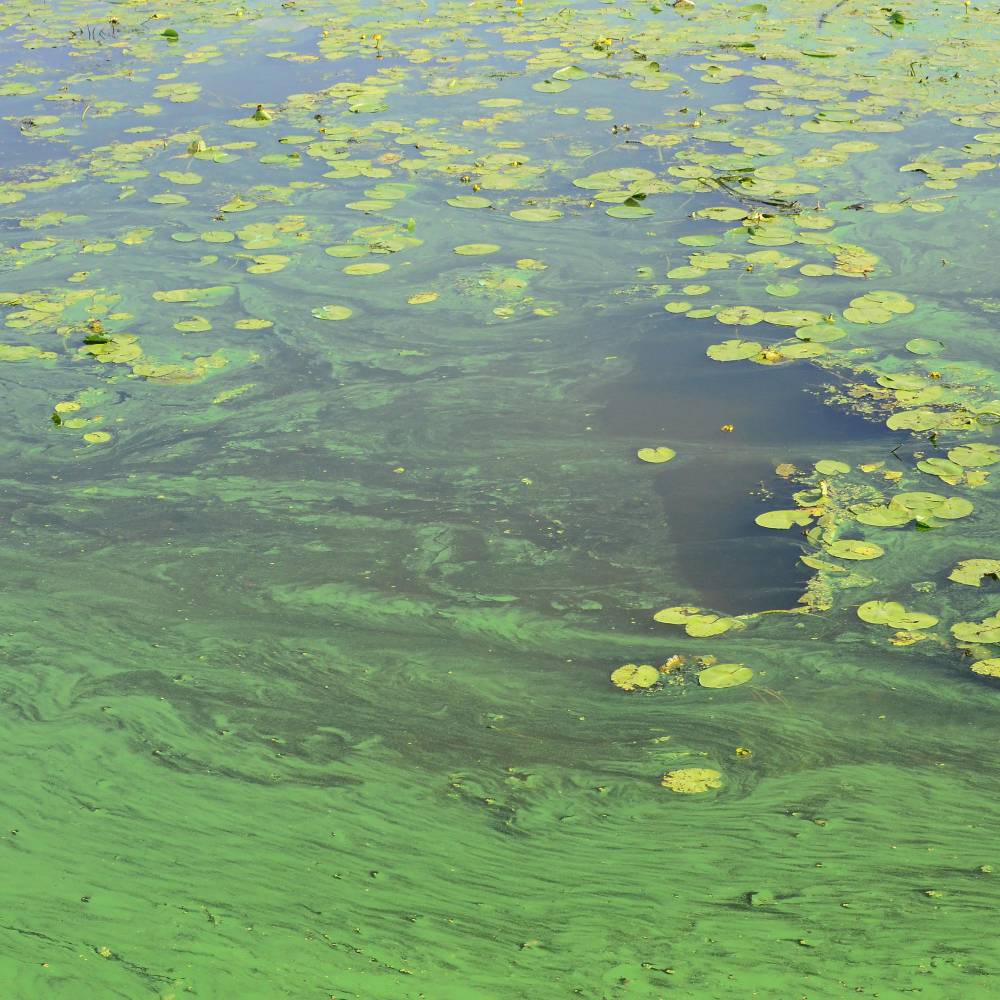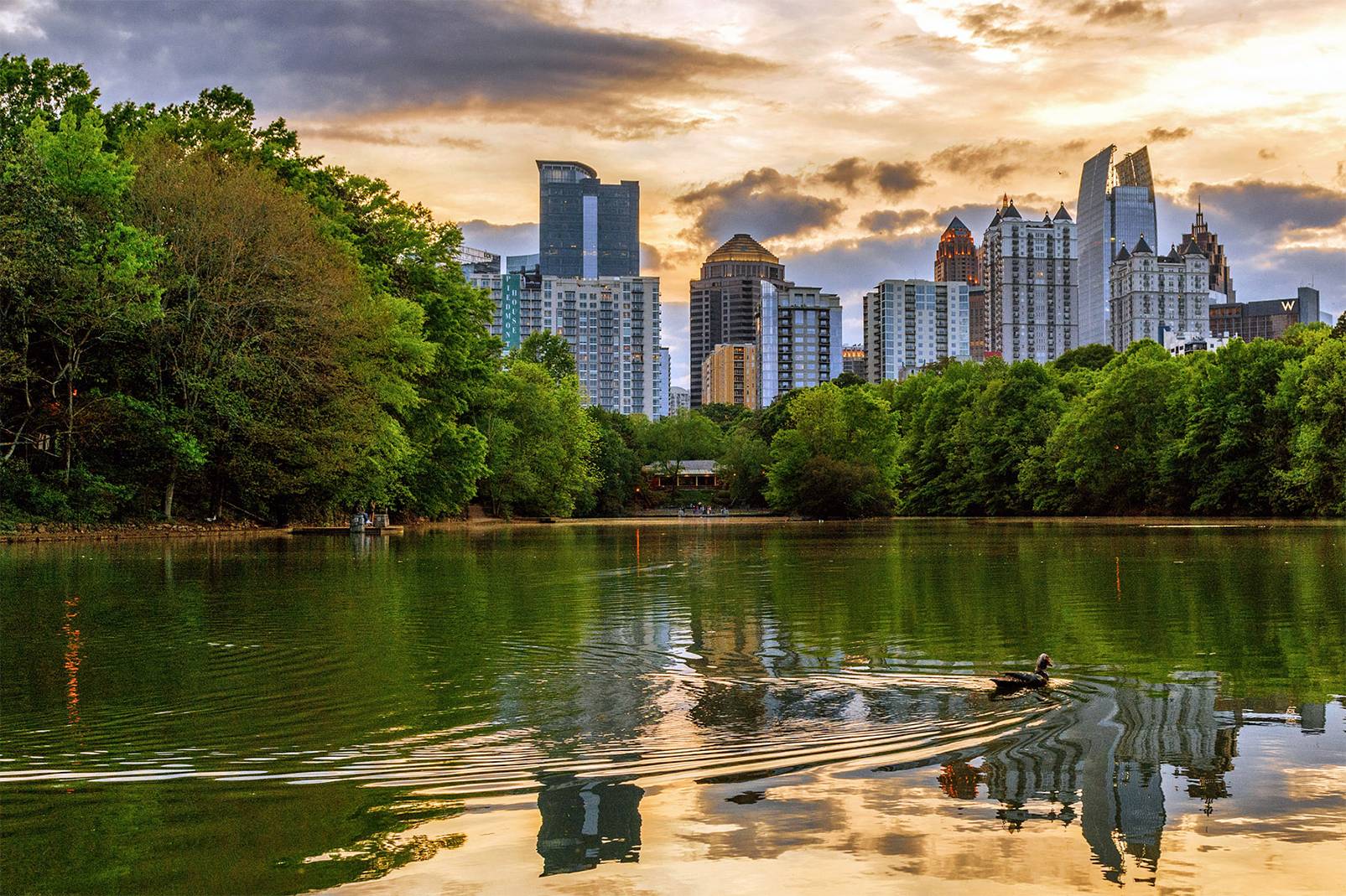
Pond algae, while a natural part of aquatic ecosystems, can quickly turn a picturesque landscape into a living nightmare. Beyond being an eyesore, algae blooms can choke out other plant life, deplete oxygen levels, and disrupt the overall balance of the pond ecosystem. Controlling algae effectively demands an understanding of the science behind its growth.
In this brief article brought to you by Aquatic Restoration, we take a quick dive into the intricacies of algae growth and the nuances of algae control. If you’d rather leave the pond maintenance to time-tested and uniformed professionals, then call Aquatic Restoration to speak with a member of our team.
Algae are simple photosynthetic organisms that thrive in water. They can be classified into two main types: planktonic and filamentous. Planktonic algae are microscopic and can turn the water green, making it appear cloudy. Filamentous algae, on the other hand, form long strands that can create dense mats on the water’s surface.
The growth of algae is influenced by several key factors: Nutrient availability, light and temperature, and stagnant water.
Nutrients, particularly nitrogen and phosphorus, are critical for algae growth. These nutrients often enter ponds through runoff from fertilized lawns, agricultural fields, or failing septic systems. Algae also require sunlight for photosynthesis. They thrive in warm, sunny conditions – especially during the summer.

If algae has its nutrients and sunlight, it just needs stagnant water to proliferate. Stagnant or slow-moving water provides an ideal environment for algae. Lack of water movement reduces the mixing of oxygen and nutrients, creating perfect conditions for algae proliferation.
Now that you understand the science behind algae growth, you can probably hypothesize how to tackle the problem. First, let’s talk about nutrient management and aeration.
You can reduce the nutrient load in your pond by limiting the use of fertilizers near the pond, installing buffer strips of vegetation around the pond, and regularly inspecting and maintaining septic systems to prevent nutrient-rich leakage into the pond.
As for preventing stagnation in the pond, aeration is a must. Aeration improves water circulation and increases oxygen levels, thereby disrupting the conditions that favor algae growth. There are two main types of aerators: Surface aerators and subsurface aerators.
Other proven solutions for tackling algae growth include algaecides, biological controls, ultraviolet clarifiers, and the traditional barley straw method.
At the end of the day, you have to take care of your pond as a whole. Simply targeting algae growth may not resolve the underlying problems. Detention and retention pond maintenance involves removing organic debris such as leaves and grass clippings from the pond, regularly cleaning filters and pumps to ensure efficient operation, and monitoring and adjusting the pond’s pH levels.
These are only some of the necessary maintenance tasks, and the professionals at Aquatic Restoration are happy to provide a comprehensive solution. With over three decades of industry experience, the specialists at Aquatic Restoration have what it takes to get to the root of your pond and lake problems.
Algae and contaminants are hands down among the most common and frustrating problems that pond owners face today. Excessive algae…
Recreational lakes are valuable community and private assets, offering opportunities for boating, fishing, swimming, and relaxation. Over time, however,…
Stormwater ponds form a part of modern stormwater management systems. As the name suggests, they collect and manage runoff from…
Sediment buildup is one of the biggest threats to lakes and ponds. It not only impacts water quality but also…
If you own a pond or lake, you know that proactive maintenance is an integral part of keeping the…